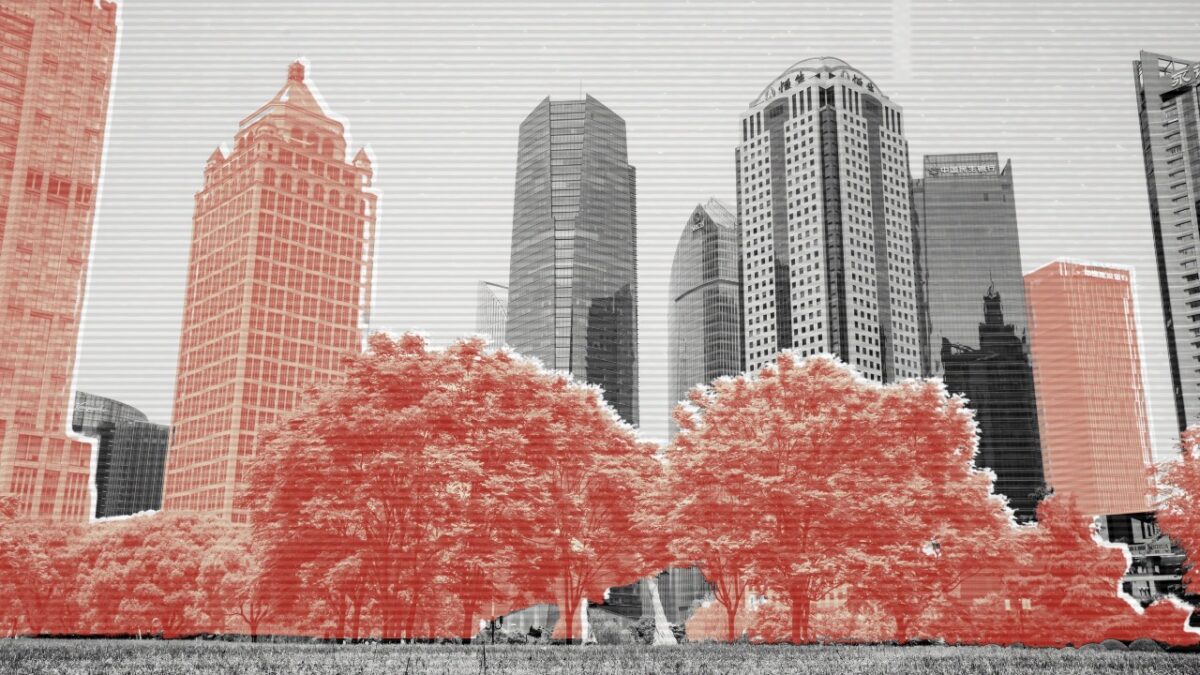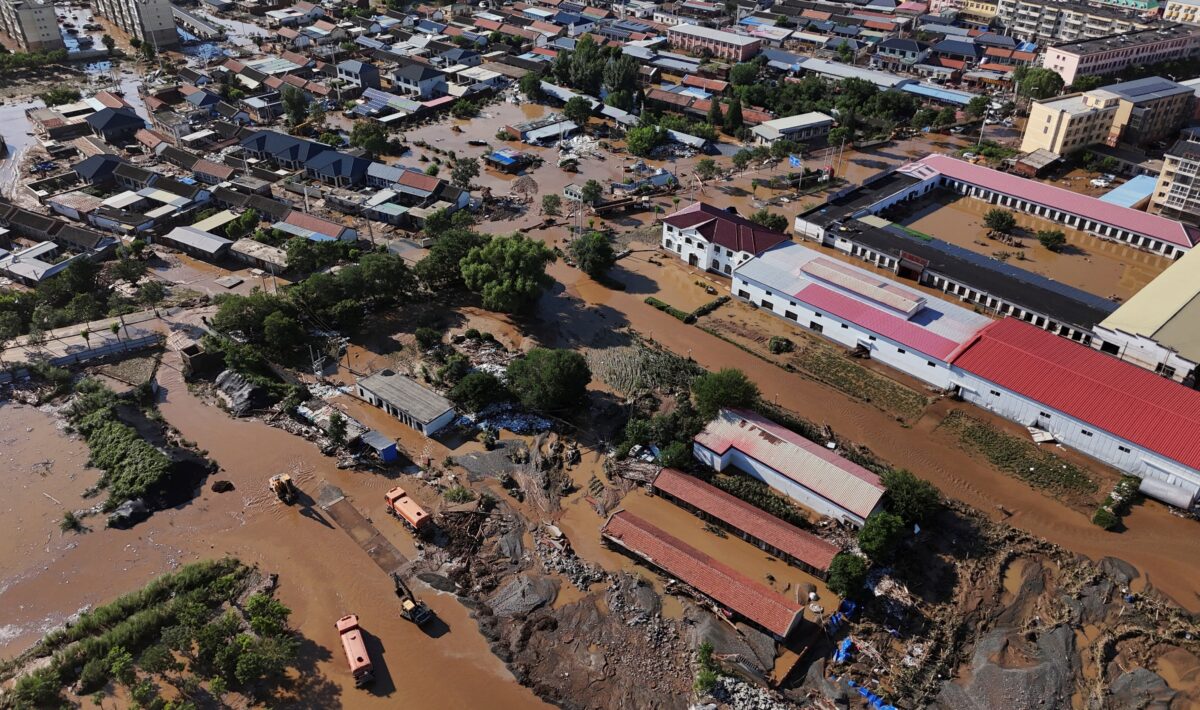Verification and Geolocation Tricks and Tips with Google Earth
One piece of software that’s freely available to anyone and has become a very useful tool in the open source investigators toolbox is Google Earth. Google Earth shows the entire world pieced together with satellite map imagery, with a number of features that are useful for anyone working to verify and geolocate images from locations across the world. There’s a number of techniques that I’ve used with Google Earth that has made it an essential tool in my own work, and the work of others studying content from conflict zones.
Historical imagery
Under the “view” menu you can find the historical imagery option. This allows you to look at earlier satellite map images stored by Google, which can be a useful tool in a number of ways. A simple example is tracking the destruction caused by conflict, in the below images we see a busy neighbourhood in Damascus wiped out between May and August 2012
On a number of occasions I’ve found myself watching a video where I can see one side of a building, but the most up to date map imagery only shows the other side of the building. You might encounter this situation when you want to look at the way in which windows are arranged on one side of a building to see if it matches what you can see in a video. With historical imagery you can go through older satellite images and sometimes find images taken from a different angle, and even in some cases images of each side of a building, such as the example shown below
In this example I was trying to establish whether or not a partly constructed building matched a building I could see on a satellite map. Using the historical satellite map imagery I could see that the structure was only recently built, and therefore there was a strong possibility it was a recent construction project that may have been abandoned at the conflict took hold
3D Terrain
Google Earth has mapped a great deal of terrain in 3D, and this can be extremely useful when geolocating and verifying videos. If you suspect a video or image was taken facing a certain direction, you can place the Street View cursors on the ground, and get an idea of the hills and mountains you would expect to see in that same location. Below are a couple of examples from videos I’ve examined in the past
Landmarks
In an area where large amounts of video footage is being produced from, and there’s unique structures visible in the videos, it’s possible to speed up the geolocation process by marking each point of interest on a map, and finding an image of it to add to the Google Earth map. For example, below I’ve identified the mosques in part of Damascus, and added an image of the mosque’s minaret to each marker I’ve placed
Any time I see a mosque in a video from that area I can quickly review the images of each mosque, and find a match. If two are visible then it’s possible to deduce which direction the cameraman is filming from, and in many cases find the exact location. It’s possible to do this with any landmark, for example water towers, large communication towers, apartment buildings, etc.









